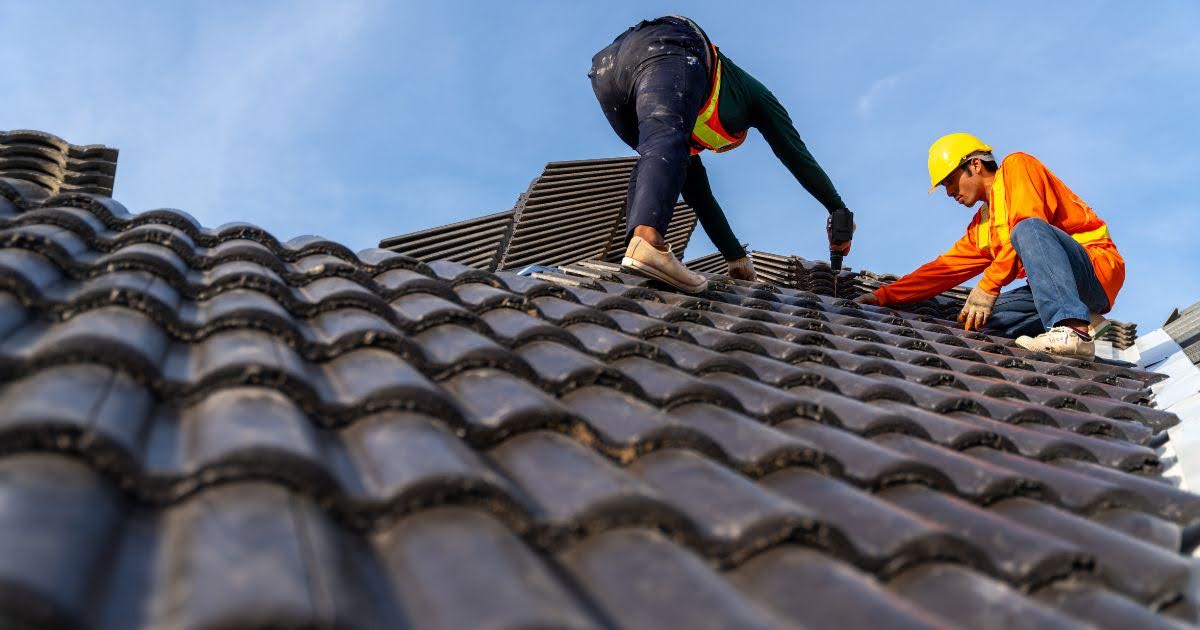Did you know that your home’s roof could pose hidden health risks? Roofing materials, especially older ones, sometimes contain asbestos, a hazardous substance linked to serious respiratory illnesses. This is particularly concerning regarding asbestos in shingles, commonly used for durability and fire resistance. If your roof was installed decades ago, it’s essential to understand the risks and the steps to ensure your safety. Let’s explore the dangers of asbestos in roofing and how to handle them effectively.
Why Was Asbestos Used in Shingles?
Asbestos was once a popular material in construction due to its strength, heat resistance, and affordability. It was often mixed with other materials to create roofing shingles that could withstand harsh weather conditions while being fireproof. While these attributes seemed beneficial, the hidden health risks of asbestos exposure far outweighed their advantages. Many older homes and buildings still have roofing shingles with asbestos, making it critical for homeowners to identify and address this potential hazard. Understanding the presence of asbestos is important for health reasons and to comply with legal and environmental regulations. Neglecting the issue can lead to increased risks for residents and complications during property renovations or sales.
Health Risks of Asbestos Exposure
When asbestos-containing materials deteriorate, they can release tiny fibers into the air. When inhaled, these fibers can lodge in the lungs, leading to serious health conditions such as asbestosis, lung cancer, or mesothelioma.
Roofing shingles made with asbestos are particularly dangerous during renovations, repairs, or demolition, as disturbing the material increases the likelihood of fiber release. Protecting your household from exposure starts with understanding these risks and taking appropriate precautions. Regular inspections of older roofing materials can help detect problems early, reducing the likelihood of accidental exposure. Additionally, awareness and proper handling are key to minimizing potential health hazards.
How to Identify Asbestos in Roofing Shingles?
Determining whether your shingles contain asbestos is not always straightforward, as the material looks similar to other roofing products. Signs of older roofing, such as cracks, discoloration, or signs of wear, may warrant further investigation. Homeowners should avoid handling suspected asbestos-containing materials themselves. Instead, hiring a certified asbestos inspector can provide accurate results without risking exposure. These professionals can safely collect samples for lab testing, offering peace of mind and a clear path forward.
Addressing Asbestos in Roofing Safely
Once asbestos is confirmed in your shingles, acting responsibly is important. Removing asbestos roofing materials requires specialized equipment and expertise to prevent contamination. Engaging licensed asbestos abatement professionals ensures safe removal and disposal in compliance with regulations.
Proper handling and removal of asbestos in roofing materials are crucial to minimizing health risks, as exposure to asbestos fibers can cause severe respiratory illnesses, including mesothelioma. Alternatively, if the shingles are in good condition, encapsulation may be an option, which involves sealing the asbestos material to prevent fiber release. A professional assessment can help you decide the safest approach for your situation.
Preventing Future Risks Through Awareness
Raising awareness about the dangers of asbestos in roofing helps prevent future exposure. If planning renovations or purchasing an older property, prioritize inspections for asbestos-containing materials. Educating yourself about asbestos risks allows you to make informed decisions and protect your family’s health. Additionally, staying updated on local regulations for asbestos management ensures you handle the material responsibly.
Roofing materials that contain asbestos remain a significant concern, especially in older structures. Recognizing the dangers and seeking professional assistance is key to minimizing health risks. By understanding the potential hazards of asbestos in shingles, you can take proactive steps to safeguard your home and loved ones from this hidden threat.

























